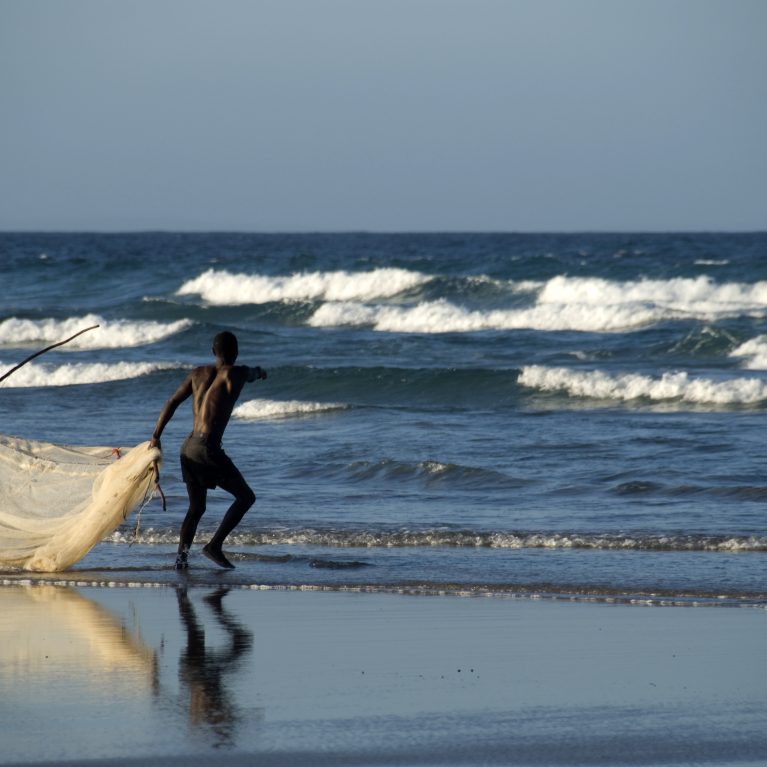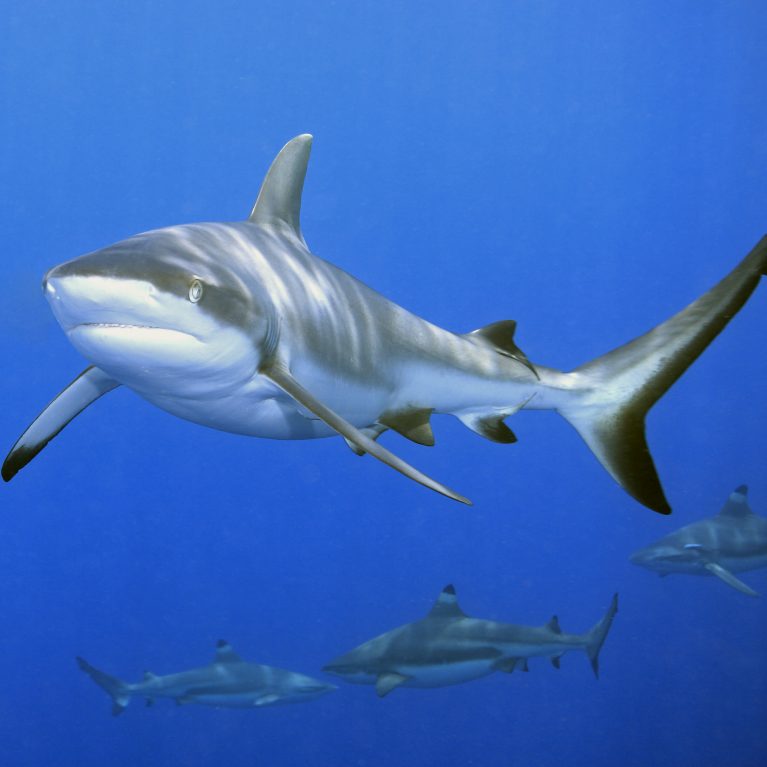Keeping sharks and rays in the Quirimbas
Very little is known about the sharks and rays of this remote archipelago, but as the number fishermen here grows, these animals face increasing pressure. Isabel is establishing basic information about them and raising local awareness.


Assessing conservation status and developing awareness of sharks and rays in northern Mozambique
The key objective of this project is to assess the conservation status of sharks and rays in Cabo Delgado province, Mozambique, and establish regular monitoring and raise awareness in the area.
In developing countries where fish is the main resource for coastal populations, sharks are sought-after for both food and fins, which can be sold to traders. Although fisheries surveys are undertaken in fishing villages in northern Mozambique, catches of sharks and rays are rarely reported. This is most likely because these surveys tend to register only the more numerous and easily identifiable species. Currently only one species of shark, the white shark, is listed as protected by the Mozambican government. It is for this reason that very little is known about the fisheries of sharks and rays in the area and overall understanding of these predators is lacking. My major challenge is to change the public’s mentality towards sharks and rays by highlighting their ecological and economic (e.g., ecotourism) importance.
Cabo Delgado was one of the Mozambican provinces most affected by the colonial war, and after that, by the civil war, which only recently ended in 1992. The geographic divide of 2,800 kilometres between Cabo Delgado and the capital Maputo is exacerbated by the strong cultural divide between north and south Mozambique, leading to slow rates of development relative to the rest of the country. The recent discovery of one of the biggest natural gas deposits in the region is now creating a push for more development in Cabo Delgado. A consequence of this development, in terms of fisheries, is increased fishing pressure due to migrant fishermen from nearby provinces and neighbouring Tanzania. These migrants arrive with better fishing gear and export contracts for lobster, octopus, turtle and shark fins, leading to greater catches relative to the traditional fishing methods previously used. The remoteness of the location makes gaining access for researchers difficult and consequently there are no on-going research or monitoring programmes for sharks and rays in the area. At present, fisheries data is deficient or non-existent for shark and ray species.
The Vamizi Conservation Project has a long-standing relationship with communities on Vamizi Island especially with the fishing council that manages the declared community sanctuary. Collaboration with the community and education will be fundamental for the protection of local shark and ray populations among nearby villages. This makes this project essential to the survival of sharks and rays in Cabo Delgado.
The aims and objectives of this project are to:
- Establish baseline historical data for shark and ray catches and trends.
- Identify the species, places and quantities of sharks and rays caught by artisanal fisheries.
- Identify areas of high shark abundance or aggregations.
- Conduct an awareness campaign to improve public awareness about the importance of sharks and rays (for ecology and ecotourism).
- Disseminate results to government, NGOs and fishermen.

